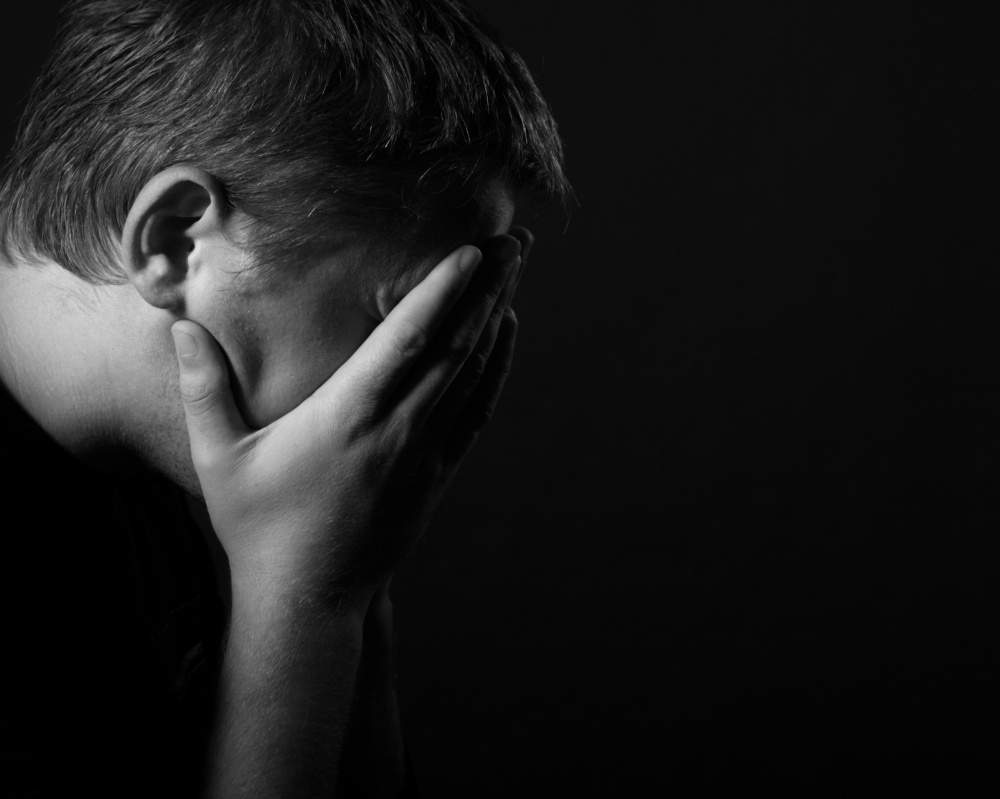The tragic death by suicide last month of a Lewiston Middle School student shines a glaring spotlight on a horrible irony: It takes a crisis to focus attention on the lack of effective mental health services for young people. The rest of the time, we let opportunities to make a difference pass us by, and families continue to struggle alone.
Exhibit A: L.D. 902. The measure, sponsored by Hancock Republican Rep. Richard Malaby, called for increasing MaineCare reimbursement rates for providers who offer evidence-based mental health care to children and teenagers. The bill should have been a shoo-in. Instead, the Health and Human Services Committee tabled it, although it may be carried over to the next session.
The fate of L.D. 902 shows there’s a limited understanding of the barriers facing families whose children have mental health issues. It’s true that young people are often reluctant to ask for help when they’re having a hard time. It’s also true that there aren’t nearly enough child psychiatrists in Maine (the problem is a nationwide one). And it certainly doesn’t help that Maine is one of just two states where the percentage of uninsured children grew between 2010 and 2015.
But there are other barriers to care. A child with anxiety or depression won’t benefit from therapy unless the counselor has been trained to work with young people and is using methods that have been researched and proven effective. And MaineCare’s role as a major health insurance payer means that if they boost reimbursements for evidence-based child and adolescent mental health care, private insurers will likely do the same.
We don’t know why the Health and Human Services Committee voted to table L.D. 902 at its April 18 work session. It’s hard, however, not to see a double standard of care between physical and mental health, especially when it comes to children and adolescents. Their symptoms are often dismissed as willful misbehavior, “just a phase” or typical teenage moodiness, even though half of all lifetime cases of mental illness begin by age 14.
But a self-reported 2015 state survey points to very real troubles among children and adolescents in Maine: Fifteen percent of high schoolers had considered attempting suicide during the last year, the survey found, and 6.2 percent of middle school students had attempted suicide at some point in their lives.
Suicide is the second leading cause of death for Mainers ages 10 to 25. This is a crisis, and the only way to head it off is with early intervention. Lawmakers have passed up one chance to effect change; they shouldn’t be allowed to repeat their mistake next session.
Send questions/comments to the editors.



Success. Please wait for the page to reload. If the page does not reload within 5 seconds, please refresh the page.
Enter your email and password to access comments.
Hi, to comment on stories you must . This profile is in addition to your subscription and website login.
Already have a commenting profile? .
Invalid username/password.
Please check your email to confirm and complete your registration.
Only subscribers are eligible to post comments. Please subscribe or login first for digital access. Here’s why.
Use the form below to reset your password. When you've submitted your account email, we will send an email with a reset code.